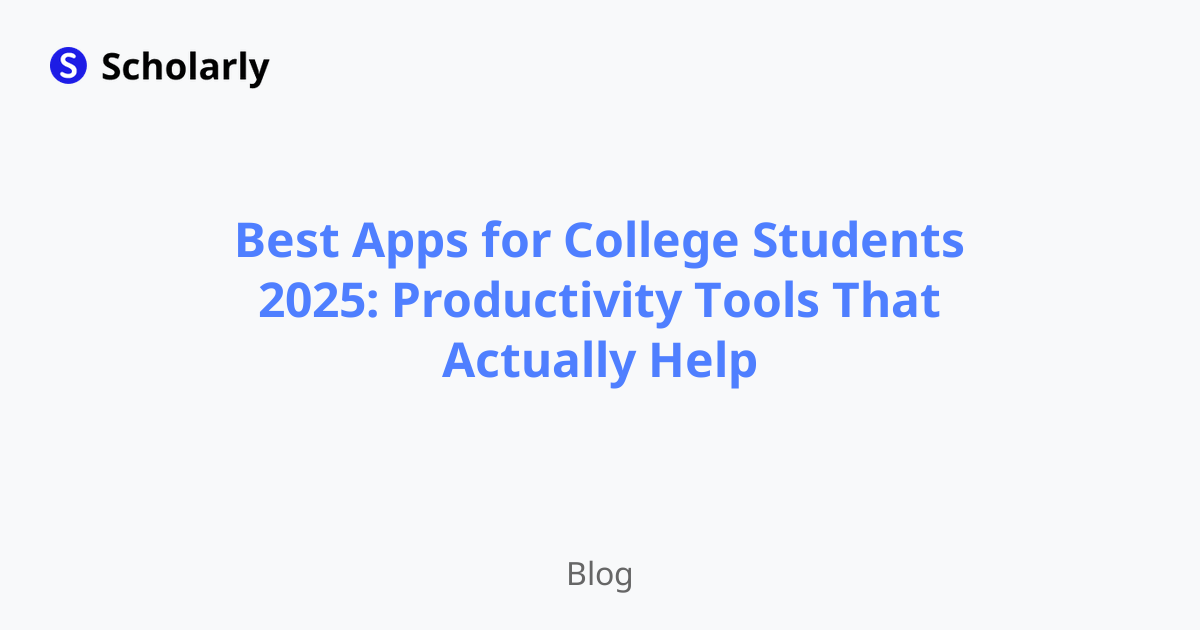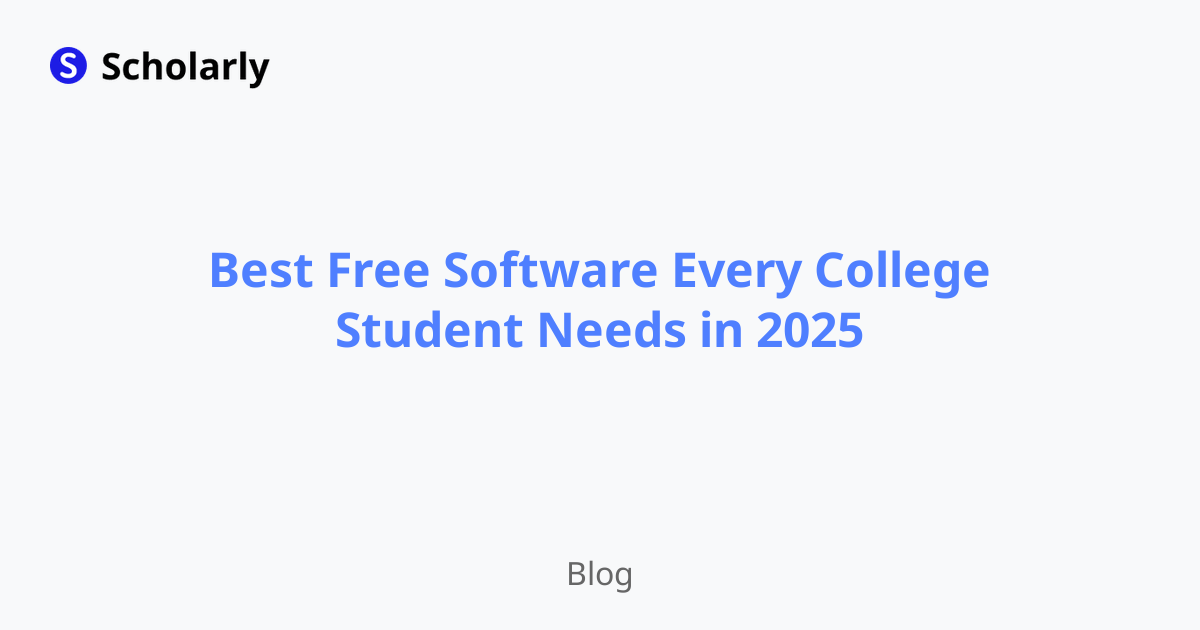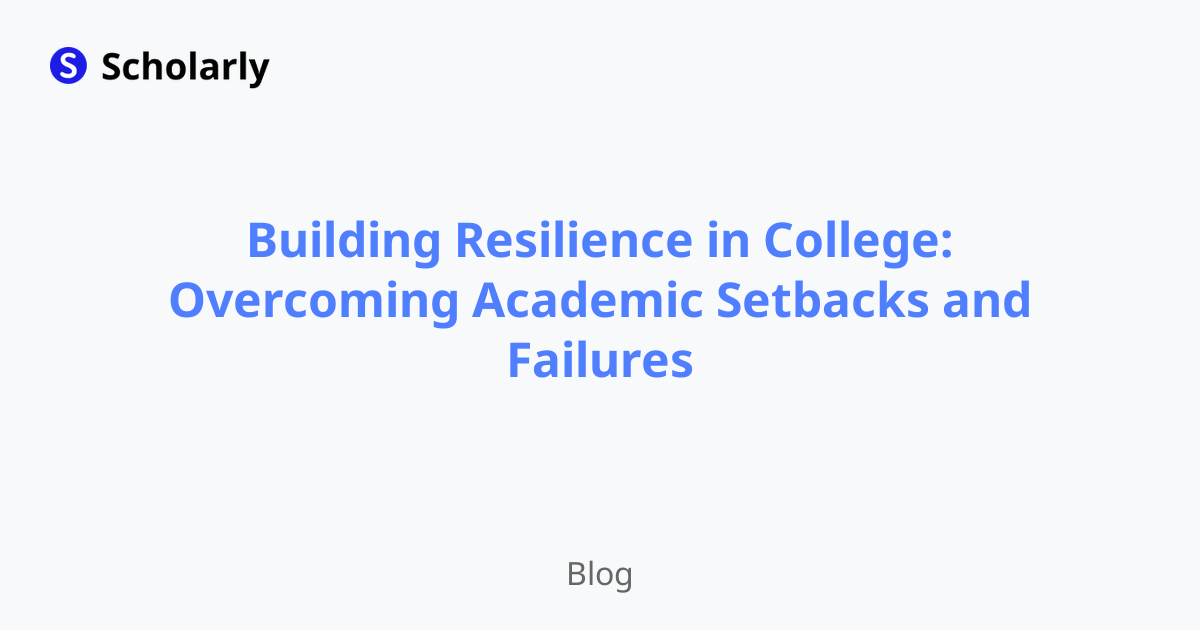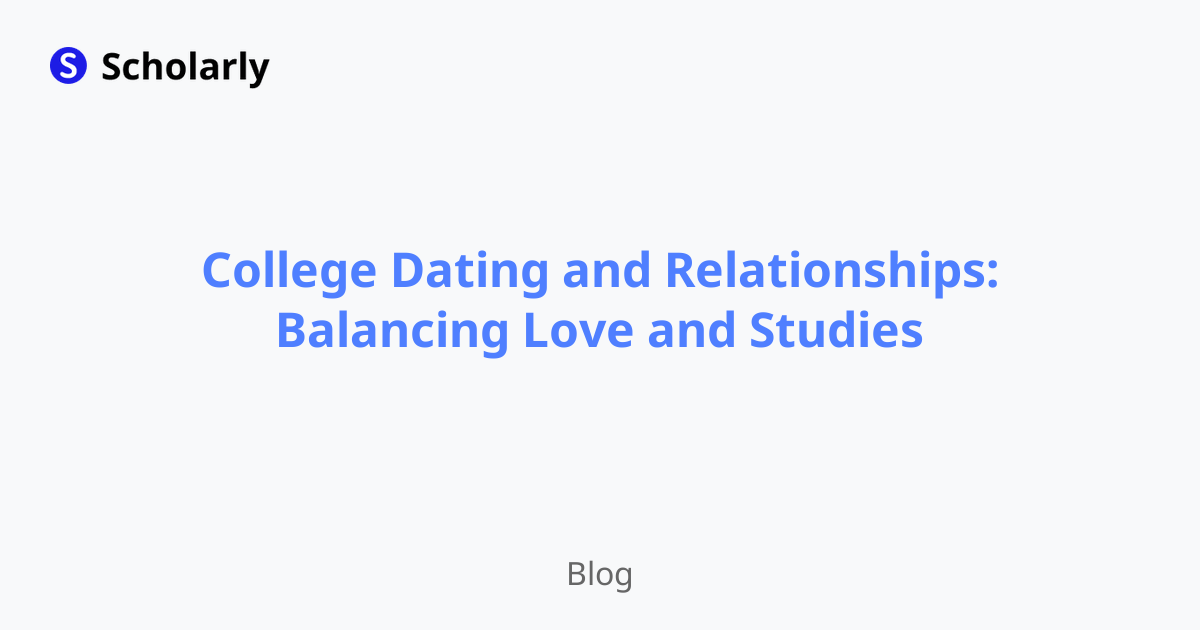Exploring the Pros and Cons of Obsidian
Is Obsidian the note-taking holy grail everyone claims it is, or just another shiny productivity trap? Here's the brutally honest breakdown every college student needs.
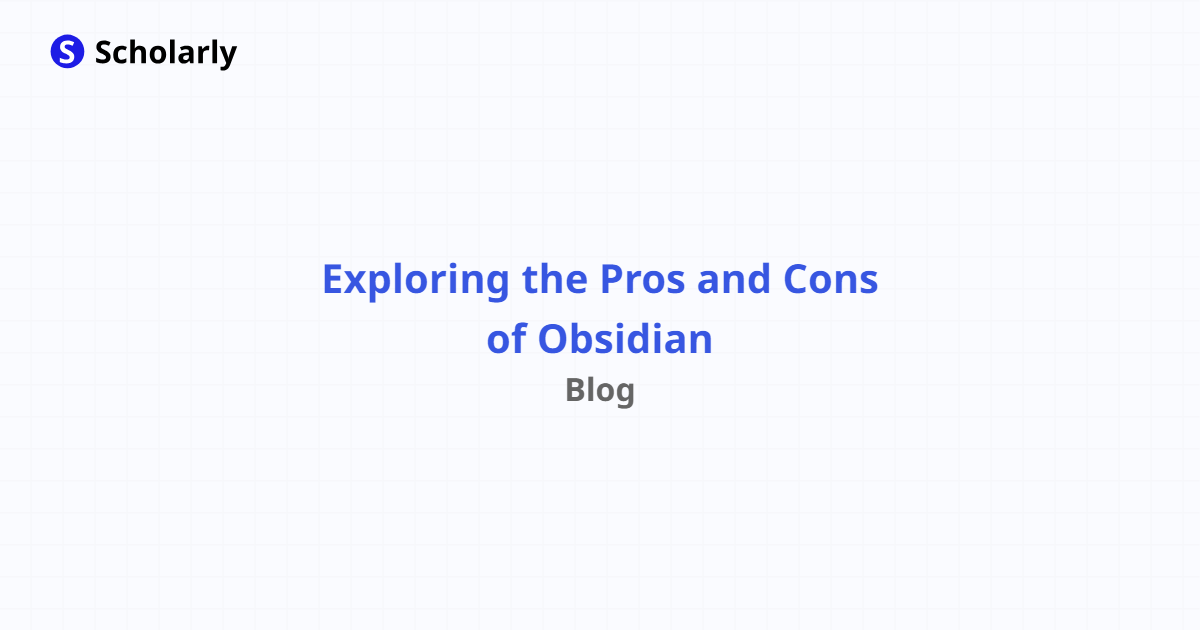
Let's Talk About Your Note-Taking Mess 📝
Be honest - your notes are probably scattered across Google Docs, random notebook pages, voice memos, and that one Notes app entry from 3 AM that just says "IMPORTANT THING REMEMBER THIS."
You've heard whispers about Obsidian being the ultimate note-taking game-changer, the tool that'll finally organize your academic chaos. But before you jump on another productivity bandwagon, let's cut through the hype and see if Obsidian actually delivers for real college students dealing with real college problems.
What Makes Obsidian Actually Worth Your Time ✨
🕸️ The "Mind Map Magic"
Obsidian's bidirectional linking is like giving your brain superpowers. Connect your Psych 101 notes to your Philosophy essay, link concepts across different classes, and suddenly you're seeing patterns that make you feel like a genius. It's study connections you never knew existed.
🎨 Make It Yours (Without Coding)
Unlike those rigid note apps that make you feel like you're writing in a prison cell, Obsidian adapts to how YOUR brain works. Want dark mode for those late-night study sessions? Done. Need a clean, minimal interface? Got it. It's like customizing your iPhone, but for your academic life.
📶 No WiFi? No Problem
Library WiFi down during finals week? Your campus internet acting up? Obsidian doesn't care. Your notes live on your device, so you can keep studying even when the digital world falls apart around you.
🔒 Your Notes Stay YOURS
While other apps are busy mining your study habits for data, Obsidian keeps everything local. Your brilliant insights, embarrassing study reminders, and half-formed theories stay private. Revolutionary concept, right?
👥 The Community That Actually Helps
The Obsidian community isn't just tech bros showing off - it's full of students, researchers, and actual humans sharing templates, study methods, and honest advice that works in the real world.
The Reality Check: Where Obsidian Falls Short 😅
⏰ The Learning Curve is REAL
Let's not sugarcoat this - Obsidian can feel like learning a new language when you're already drowning in coursework. If you need to take notes RIGHT NOW for tomorrow's exam, this might not be your hero.
🤯 Feature Overload Alert
With great power comes great... overwhelming menu options. Obsidian can do everything, which sometimes means it's hard to figure out what you actually NEED it to do. Analysis paralysis is real.
💸 The "Free" Asterisk
Obsidian is free... until you want to sync across devices or publish online. Then you're looking at subscription costs that might make your ramen budget cry.
📱 Mobile Experience = Meh
The mobile app exists, but it's not winning any awards. If you're someone who does a lot of studying on your phone (no judgment), you might find yourself frustrated.
⚙️ Tech Skills Required
While you don't need to be a programmer, you'll definitely need to be comfortable with settings, file structures, and the occasional troubleshooting session.
Should YOU Actually Use Obsidian?
✅ Obsidian is YOUR jam if you:
- Love seeing connections between different subjects
- Don't mind investing time upfront for long-term organization gains
- Want complete control over your notes and data
- Enjoy customizing and tweaking your digital tools
- Are planning to use the same note-taking system for years
❌ Skip Obsidian if you:
- Need something simple that works immediately
- Primarily take notes on mobile devices
- Want seamless collaboration features
- Are already happy with your current system
- Just need basic note-taking for one semester
The Better Alternative for Most College Students
Here's the thing - while Obsidian is powerful, most college students need something that works like Duolingo: simple, effective, and built for daily habits that actually stick.
That's where Scholarly comes in. Think of it as getting Obsidian's brain-connecting power, but with the ease of Instagram. Upload your PDFs, get instant flashcards, and build study streaks that turn cramming into a daily habit you'll actually enjoy.
Ready to see what effortless studying looks like? Try Scholarly free and discover why thousands of students are ditching complex note systems for AI that just works: scholarly.so
Your notes will thank you. Your grades definitely will. 🎓
Utilize Bidirectional Links: Take advantage of Obsidian's bidirectional linking feature to establish connections between related ideas, concepts, and notes. This promotes holistic understanding and facilitates cross-referencing.
Leverage Graph View: Obsidian's Graph View provides a visual representation of your interconnected notes. Use this feature to identify knowledge gaps, spot patterns, and explore relationships between different ideas.
Regularly Review and Update: Set aside dedicated time to review and update your notes. This helps in reinforcing knowledge, identifying outdated information, and making connections between new ideas and existing content.
Back up Your Data: Always back up your Obsidian data to prevent loss in case of unexpected events or device failures. Use cloud storage or external drives to ensure data safety.
Pros and Cons of Obsidian
Pros:
Powerful Organizational Capabilities: Obsidian's bidirectional linking and flexible note structure empower users to manage knowledge effectively and gain holistic insights.
Customization and Personalization: The markdown-based system and extensive plugin support allow users to tailor Obsidian to their specific needs and preferences.
Offline Access and Privacy: With Obsidian, your notes are stored locally, enabling access without an internet connection. This provides peace of mind for privacy-conscious users.
Active Community and Integrations: The enthusiastic user community and seamless integration with other tools create a vibrant ecosystem for sharing resources and enhancing productivity.
Long-Term Sustainability: Obsidian's open-source nature and local data storage ensure continued accessibility and use for years to come.
Cons:
Steep Learning Curve: Due to its advanced features, Obsidian may have a steep learning curve for beginners. However, with dedication and practice, the benefits of using Obsidian become clear.
Markdown Formatting: While the markdown-based system provides flexibility, it requires users to learn markdown syntax. This may be a hurdle for individuals unfamiliar with markdown.
Limited Mobile App: At present, Obsidian's mobile app is in beta and offers limited functionality compared to the desktop version. However, the development team is actively working to improve this aspect.
Dependency on Markdown Files: Some users may find the reliance on local markdown files less convenient compared to cloud-based note-taking solutions.
Potential Overwhelm: The extensive customization options and advanced features of Obsidian may initially overwhelm users who prefer a simpler note-taking experience.
Comparison of Obsidian with Other Note-Taking Tools
Roam Research
Roam Research is another popular note-taking tool that shares similarities with Obsidian. Both tools excel in bidirectional linking and knowledge graph creation. However, Roam Research offers cloud-based storage and a sleeker user interface. Obsidian, on the other hand, prioritizes local storage and customization options.
Evernote
Evernote is a widely-used note-taking platform that balances simplicity and functionality. While Evernote offers a user-friendly interface and strong mobile app support, it lacks the robust bidirectional linking and knowledge graph features found in Obsidian.
Notion
Notion is a versatile workspace tool that can be used for note-taking. It offers a wide range of templates and integrations, making it ideal for project management and collaboration. Obsidian, with its focus on bidirectional linking and knowledge organization, provides a more specialized approach to note-taking.
OneNote
OneNote is a Microsoft-owned note-taking application that integrates smoothly with the Microsoft ecosystem. It offers a familiar interface and cross-platform accessibility. However, OneNote's linking capabilities are not as advanced as in Obsidian or Roam Research.
Bear
Bear is a minimalistic note-taking app popular among macOS and iOS users. While Bear offers a clean and intuitive user interface, it lacks the extensive organizational features and bidirectional linking found in Obsidian.
Conclusion
Obsidian is a powerful note-taking and knowledge management tool that offers numerous advantages to users seeking efficient organization, customization, offline access, and privacy. Although it has a learning curve and limited mobile app functionality, Obsidian's unique features and active community make it a worthy tool for knowledge workers and productivity enthusiasts. By understanding its pros and cons, users can leverage Obsidian's potential while being mindful of its limitations and exploring alternative tools when needed.
Try Our Popular AI Study Tools
Transform your study materials into interactive learning experiences with our most popular AI-powered tools:
PDF to Flashcards
Convert lecture notes and textbooks into study flashcards instantly
Text to Flashcards
Turn any text or notes into comprehensive flashcard sets
Image to Flashcards
Convert diagrams and handwritten notes into digital flashcards
YouTube to Flashcards
Generate flashcards from educational video content
